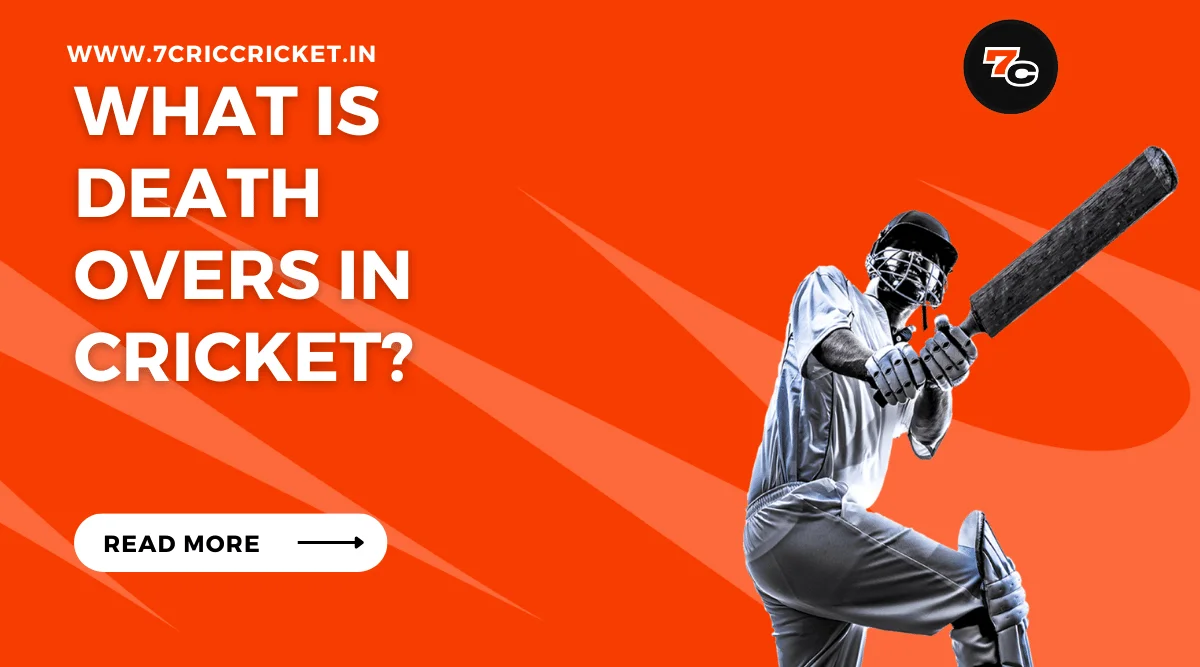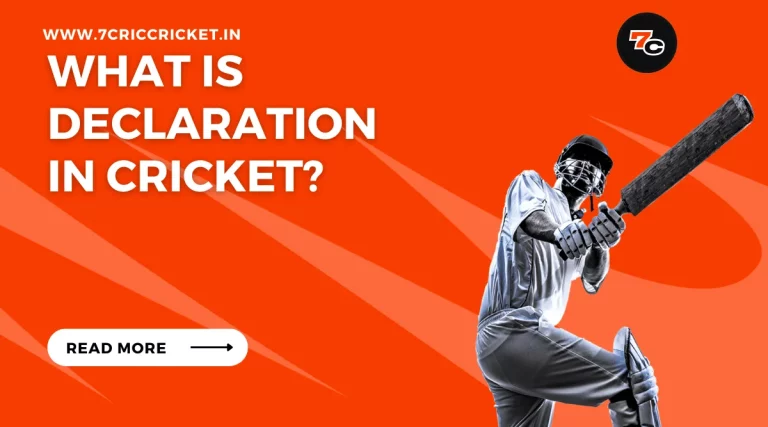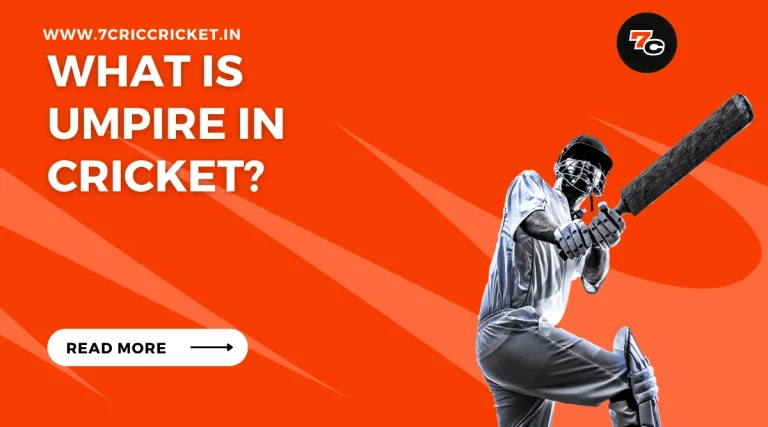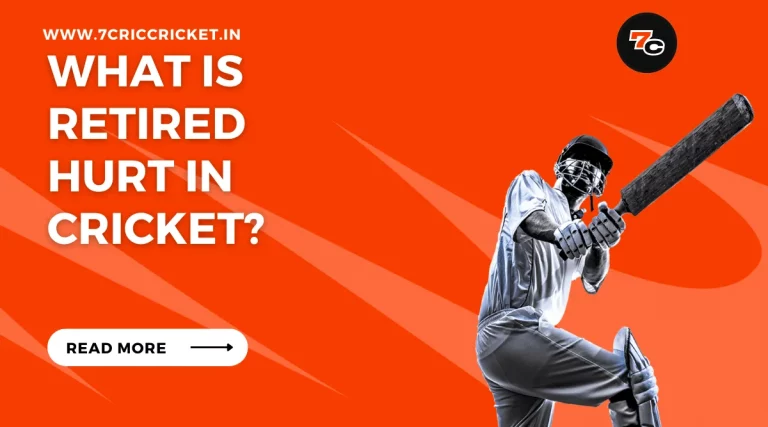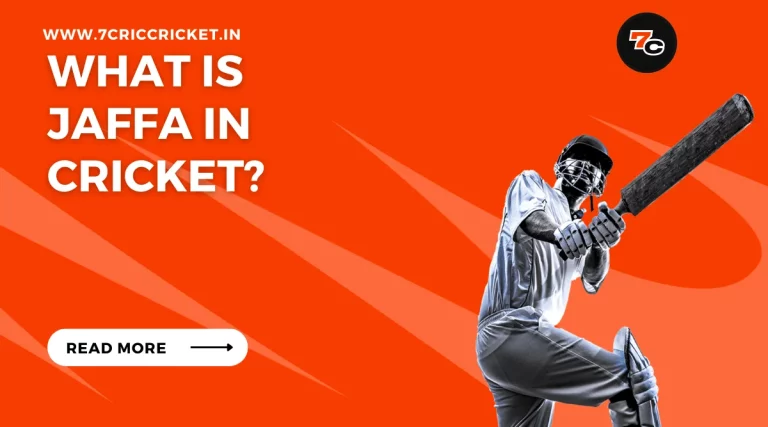What Is Death Overs in Cricket?
The death overs in cricket refer to the final few overs of an innings, which are often the most crucial and intense moments of a match.
As the batting team aims to maximize their run-scoring potential, the fielding team strategizes to restrict the opposition’s scoring.
200% Welcome Bonus | SPRIBE
200% Welcome Bonus | SPRIBE
- Easy Sign-Up and Deposits
- The Biggest Bonuses in India
- 450% Bonus up to ₹1,000,000
This article explores the definition of death overs, their significance in the game, and the batting and fielding strategies employed during this period.
Additionally, notable performances in death overs will be highlighted, giving readers a comprehensive understanding of this pivotal phase in cricket.
Key Takeaways
Hide- Death overs are the final set of overs in an innings, usually starting from the 41st over in ODIs or the 16th over in T20 matches.
- These overs are crucial as they often determine the outcome of a match.
- Batting teams employ power hitting and innovative shots to maximize run-scoring potential.
- Bowling teams focus on accuracy, variations in pace and length, and strategic fielding to restrict the opposition's scoring.
Definition of Death Overs
The definition of death overs in cricket refers to the final set of overs in an innings, typically starting from the 41st over in One Day Internationals (ODIs) or the 16th over in Twenty20 (T20) matches.
These overs are crucial as they often determine the outcome of a match. The strategies employed by bowlers during the death overs can have a significant impact on the final result.
One of the main strategies for bowlers in the death overs is to focus on bowling yorkers. A yorker is a delivery that is aimed at the base of the stumps, making it difficult for the batsman to play an attacking shot.
By bowling yorkers, the bowlers can restrict the scoring opportunities for the batsmen and potentially take wickets.
Another strategy is to mix up the pace and length of the deliveries. By varying the speed and length of the balls, bowlers can keep the batsmen guessing and make it challenging for them to time their shots effectively.
This can lead to mistimed shots and wickets for the bowling team. The impact of death overs in a match is immense.
A good bowling performance during these overs can restrict the opposition’s total and put the batting team under pressure.
Conversely, a poor bowling performance can result in a high score for the opposition, making it difficult for the batting team to chase down the target.
Importance of Death Overs
Bowlers in cricket understand the significance of the death overs, as they can often determine the outcome of a match.
During the death overs, which typically refer to the last 5-10 overs of an innings in limited-overs cricket, the batting team aims to maximize their run-scoring potential, while the bowling team tries to restrict the opposition’s scoring to maintain control of the game.
In the death overs, batting techniques play a crucial role. Batsmen need to be aggressive and innovative to score as many runs as possible in a short span of time.
They often employ power hitting, attempting to clear the boundaries by using their strength and timing.
Additionally, batsmen may utilize a range of shots, such as the scoop, ramp, or switch hit, to surprise the bowlers and score quick runs.
On the other hand, bowling tactics become equally important for the bowling team during the death overs.
Bowlers need to be accurate and disciplined, focusing on variations in pace, length, and line to deceive the batsmen.
Yorkers, slower balls, and well-disguised variations are some of the key weapons in a bowler’s arsenal during this phase.
The importance of the death overs cannot be overstated, as they often decide the outcome of a match.
The next section will explore the batting strategies employed during these crucial overs, providing insights into how batsmen approach this challenging phase of the game.
Batting Strategies in Death Overs
How do batsmen approach the challenging phase of the death overs in cricket when it comes to their batting strategies?
Here are three key strategies that batsmen employ to tackle the pressure and maximize their scoring opportunities:
- Power hitting: In the death overs, batsmen focus on generating maximum power in their shots to clear the boundaries. They aim to hit the ball with immense force, using their strength and timing to send the ball sailing over the ropes. This aggressive approach allows them to accumulate quick runs and put the opposition under pressure.
- Finishing skills: Batsmen in the death overs need to possess excellent finishing skills. They must be able to assess the match situation, calculate the required run rate, and execute their shots accordingly. They often rely on their ability to find gaps in the field and manipulate the fielding positions to their advantage. Batsmen with strong finishing skills can play innovative shots and score runs even under immense pressure.
- Adaptability: The ability to adapt to different match situations is crucial in the death overs. Batsmen need to be flexible in their approach, adjusting their shots and stroke selection based on the condition of the pitch, the quality of the opposition’s bowling, and the remaining overs. They may switch between aggressive and calculated shots, depending on the need of the hour.
Fielding Strategies in Death Overs
In the challenging phase of the death overs in cricket, fielding teams employ strategic tactics to minimize the batsmen’s scoring opportunities and apply pressure.
One of the key roles in fielding during the death overs is played by spinners. Spinners are often brought into the attack in the later stages of the innings as they have the ability to deceive the batsmen with their variations in flight, spin, and pace.
Their slower deliveries can make it difficult for the batsmen to time the ball properly and generate power, resulting in mistimed shots and potential wickets.
However, fielding in the death overs also presents its fair share of challenges. The batsmen are generally looking to hit big shots and score quick runs, which puts pressure on the fielding team to prevent boundaries and save runs.
The fielders need to be agile, quick, and accurate in their throwing and catching to stop the batsmen from taking quick singles and doubles.
With the fielding restrictions in place, it becomes even more crucial to have fielders positioned strategically to cut off boundaries and prevent easy runs.
The fielding team must also be prepared for the possibility of batsmen attempting risky shots, which could lead to catching opportunities.
In conclusion, fielding strategies in the death overs require a combination of skill, tactics, and anticipation to restrict the batsmen and give the fielding team an edge.
Notable Performances in Death Overs
Notably, many batsmen have consistently displayed exceptional performances in the death overs of cricket matches.
These are the final overs of an innings, where teams aim to maximize their run-scoring potential and set a challenging target for their opponents.
Here are three notable performances in the death overs that have left a lasting impact:
- AB de Villiers’ 31-ball 73 against Gujarat Lions in the 2016 Indian Premier League stands out as a masterclass in the art of finishing. De Villiers showcased his ability to find the boundaries consistently, hitting 12 fours and a staggering 5 sixes. His innings propelled Royal Challengers Bangalore to a formidable total of 248 runs.
- In the 2019 Cricket World Cup final, Ben Stokes played a crucial role in England’s victory over New Zealand. With the game on a knife’s edge, Stokes scored an unbeaten 84 off 98 balls, including 8 fours and 2 sixes. His composed batting in the death overs helped England tie the match, leading to their eventual triumph in the Super Over.
- Andre Russell’s blistering 48-ball 88 against Chennai Super Kings in the 2018 IPL was a prime example of power-hitting in the death overs. Russell’s innings, which included 11 sixes and 1 four, turned the game on its head and led Kolkata Knight Riders to a stunning victory.
These performances highlight key tactics such as aggressive shot-making, calculated risk-taking, and maintaining composure under pressure.
They serve as memorable examples of batsmen excelling in the crucial moments of a cricket match.
200% Welcome Bonus | SPRIBE
200% Welcome Bonus | SPRIBE
- Fastest Indian Rupees Withdrawals
- Fast deposits with UPI
- 450% Bonus up to ₹1,000,000
Final Over: Unraveling the Mystique of Death Overs in Cricket
In conclusion, death overs in cricket refer to the final few overs of an innings when the batting team aims to score as many runs as possible. These overs are crucial as they can have a significant impact on the outcome of the match.
Both batting and fielding teams employ specific strategies to maximize their performance during this period. Notable performances in death overs have often been game-changers, making them an exciting and decisive phase of a cricket match.
Frequently Asked Questions (FAQs)
How Is the Fielding Strategy Different During Death Overs Compared to Other Parts of the Game?
During the death overs in cricket, the fielding strategy often changes to focus on preventing boundaries and taking wickets.
Fielders are positioned strategically, with key players assigned to specific areas to maximize their impact on the game.
What Are Some Common Batting Strategies Used During Death Overs?
During the death overs in cricket, common batting strategies include power hitting and slogging. Batsmen often take risks and display increased aggression in order to score quick runs and maximize the team’s total.
Can You Provide Examples of Matches Where Death Overs Played a Crucial Role in the Outcome?
The impact of death overs on team dynamics cannot be underestimated. There have been several famous last over finishes in cricket history where the outcome of the match hinged on the performance during this crucial phase.
How Do Bowlers Adjust Their Tactics During Death Overs?
During the death overs in cricket, bowlers adjust their tactics to be more effective.
They often rely on Yorkers, which are full-length deliveries aiming at the batsman’s toes, to restrict scoring. Slower balls are also used to deceive the batsman and induce mistimed shots.
Are There Any Specific Rules or Restrictions That Apply During Death Overs?
During the death overs in cricket, there are no specific rules or restrictions that apply. However, bowlers often face immense pressure to prevent batsmen from scoring boundaries and take wickets, as penalties for poor performance can be significant.

